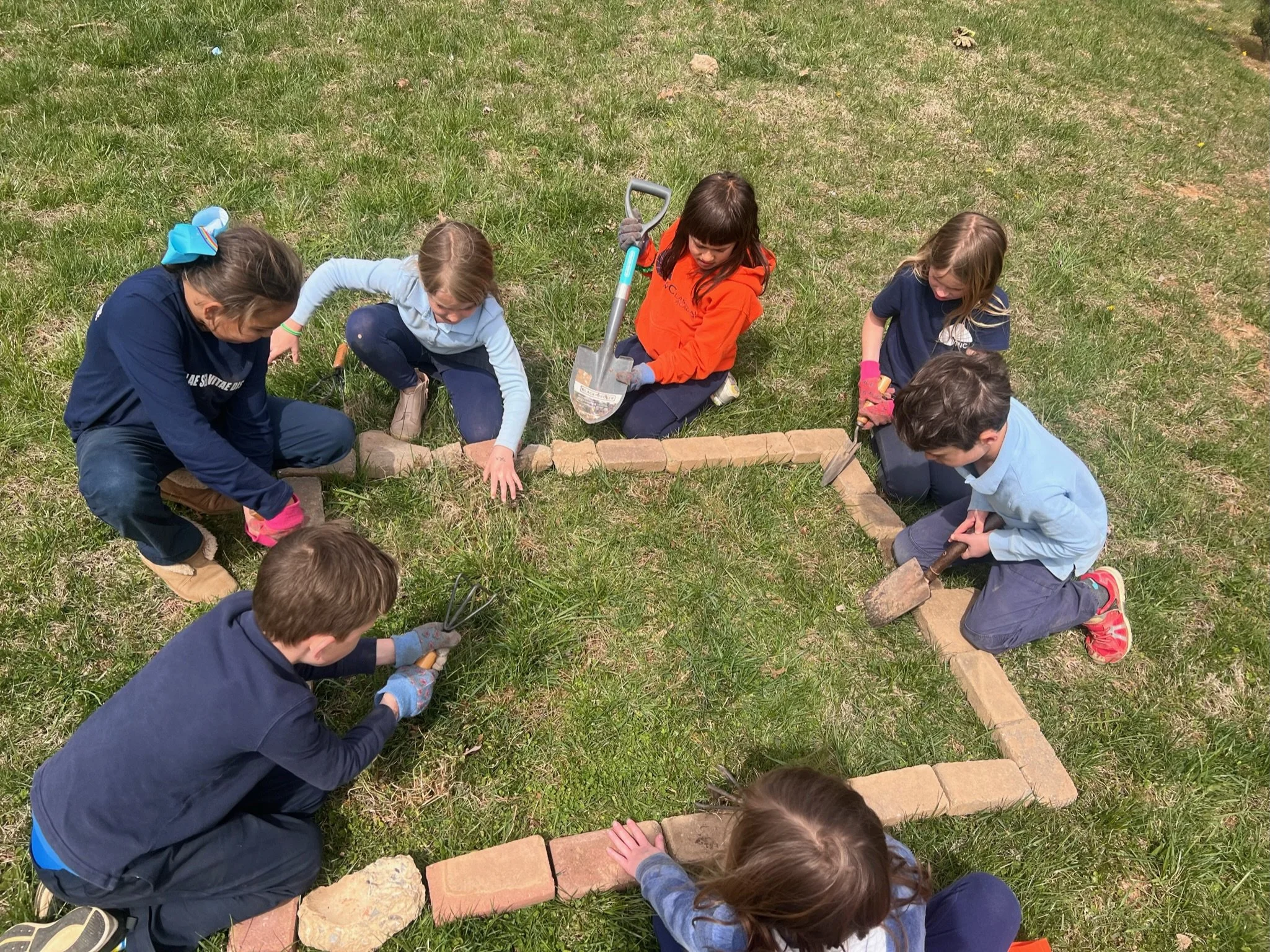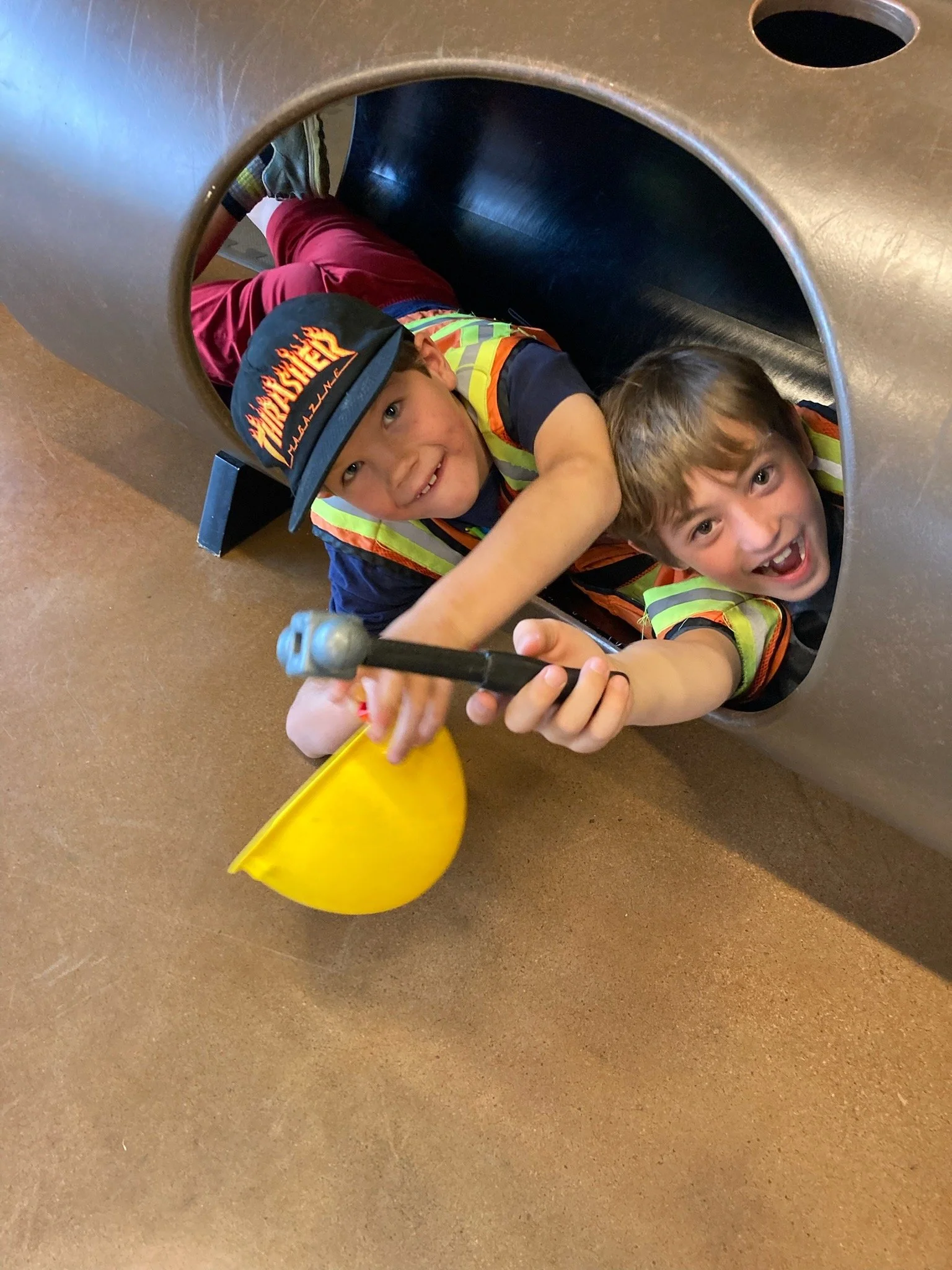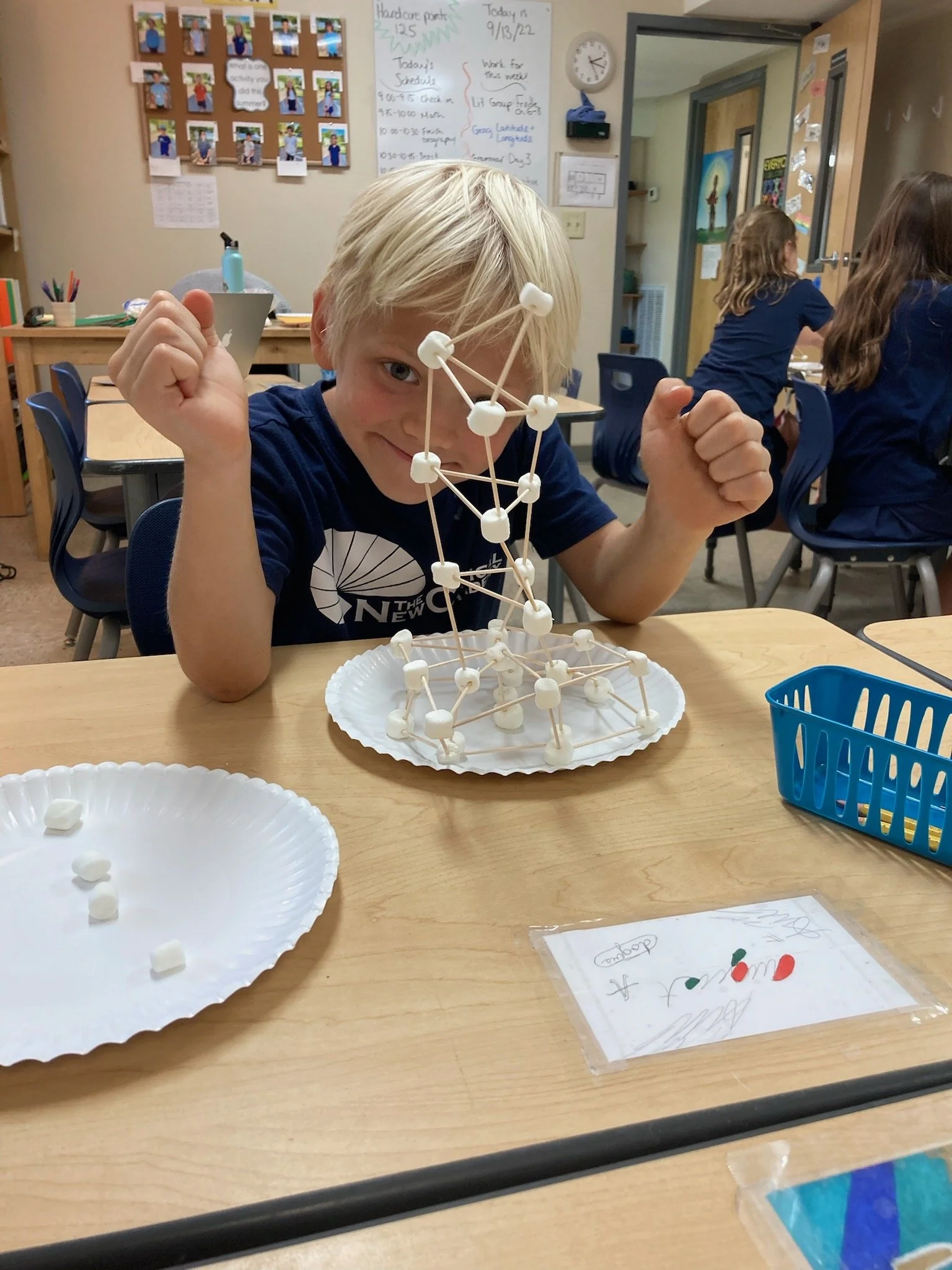Lower School
Our lower school consists of three classrooms: Pre-kindergarten and Kindergarten, First and Second Grades, and Third and Fourth Grades.
Our mixed-age classrooms offer our students many benefits: the consistency of working with the same team of teachers for two years, the flexibility to reach broader academic goals at their own pace, and the valuable experience of being both followers and leaders within the same setting. Within these classrooms, we build the foundational academic skills needed for creating the growth mindset in our students that will propel them through their academic careers.
From an early age we emphasize personal responsibility and good decision-making alongside positive group dynamics and collaboration, just as we emphasize traditional work in reading, writing, and arithmetic alongside creative exploration in arts, music, drama, and sports.
Children often form a life-long opinion of school as a whole based on experiences in these early grades. It is our goal to make those experiences positive in every way, so that from the very beginning, our students associate learning with fun.
Pre-kindergarten (K4) and Kindergarten (K5)
Our primary goals for these students are to provide a nurturing environment that helps them feel comfortable and safe, and to lay the groundwork for a positive school experience going forward.
With teachers acting as facilitators and guides, students learn partly through imaginative play: simply by doing what comes naturally and feels "fun," they develop crucial skills like empathy, reasoning, memory, self-control, communication, and problem-solving.
Each day is full of hands-on exploration and self-directed fun, but also includes time for structured academics, with group and individual work in phonics-based reading, vocabulary, handwriting, and arithmetic. Our goal is for our students to enter first grade with reading readiness and an understanding of basic math operations.
First and Second Grade
This classroom builds the foundation for the expanded curriculum and intensive academics of the third and fourth grade classroom.
Students spend their mornings working at their own pace to build skills in language decoding, reading comprehension, vocabulary, spelling, writing, and arithmetic and its practical applications.
Our teachers also work in small groups and individually with students as needed to reinforce concepts and supplement learning using a variety of different methods, including manipulatives and games. Students also begin to integrate the concept of personal responsibility and are supported in developing internal motivation. The most important curricular goal for students in this classroom is to enter third grade as fluid and confident readers and mathematicians.
Third and Fourth Grade
This is the core of the grammar stage, when students truly master the basics of reading, writing, and arithmetic through intensive study of grammar, vocabulary, formal composition, and math facts.
Morning class time includes individual work combined with cooperative projects, reading groups, small group classes, and direct instruction.
It is at this stage that more formal study of history, science, geography, and Latin is introduced. We also focus on internal motivation and accountability, as students learn to plan their time each week in order to complete their assignments. This self-management occurs within the framework of clear academic benchmarks and with careful monitoring by, and support from, teachers.




